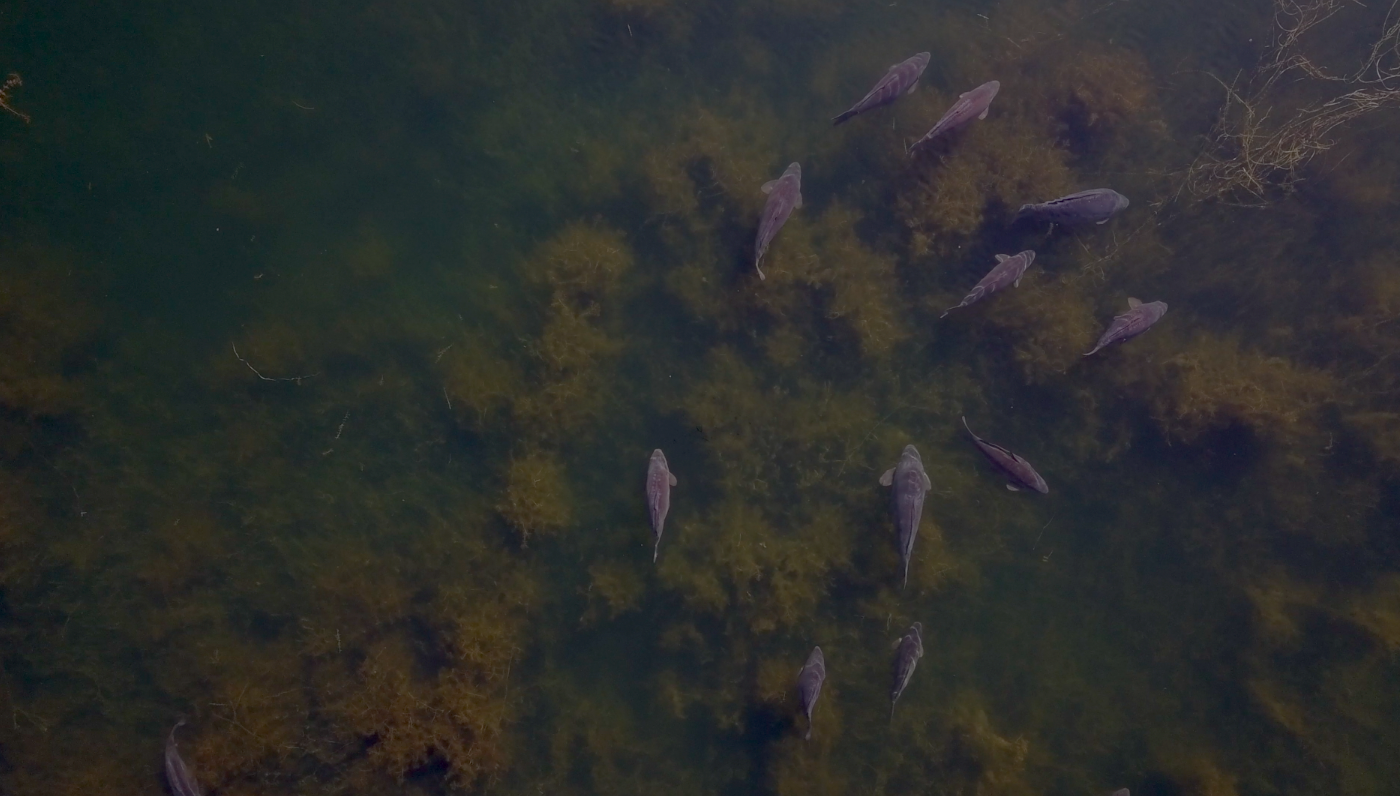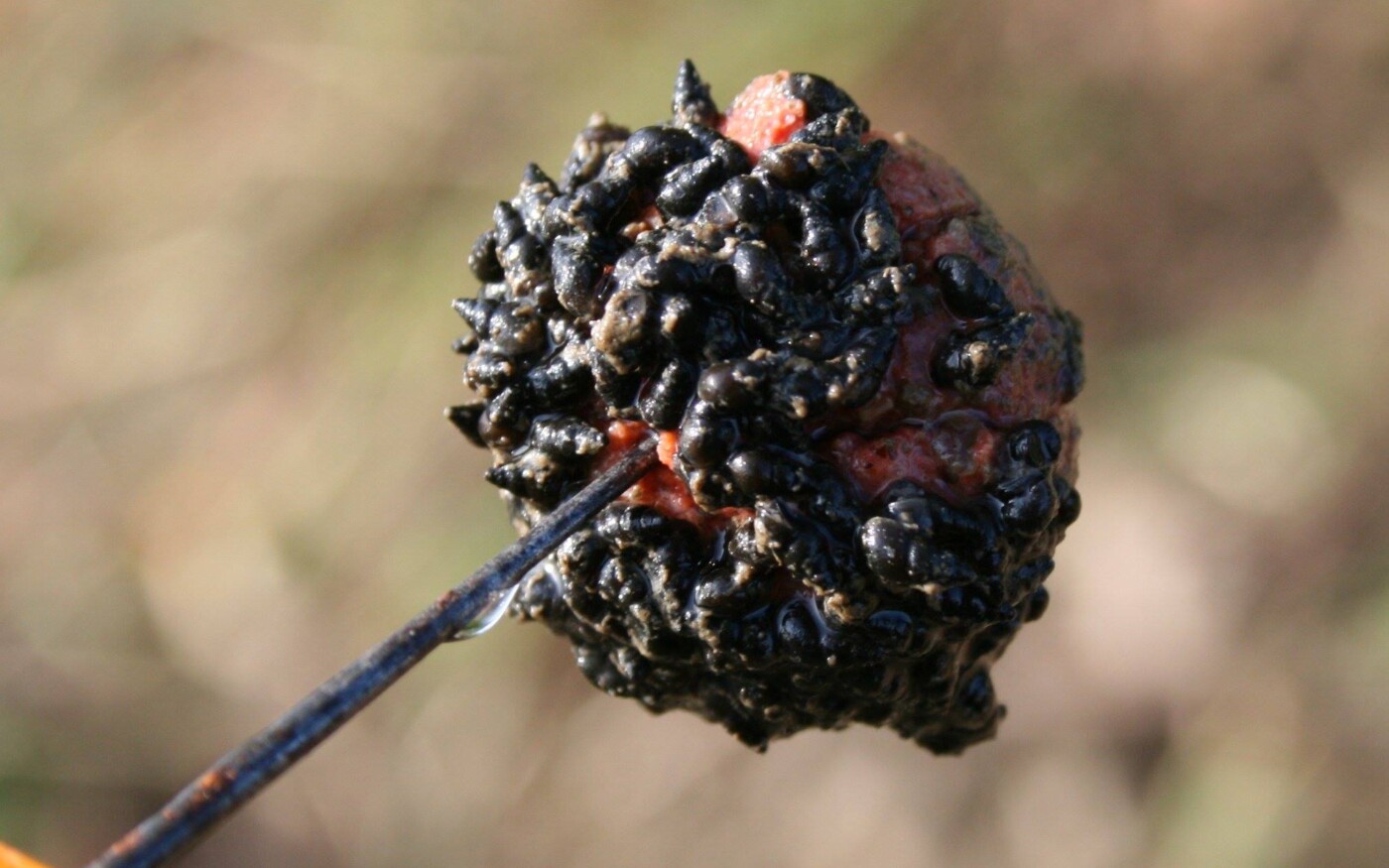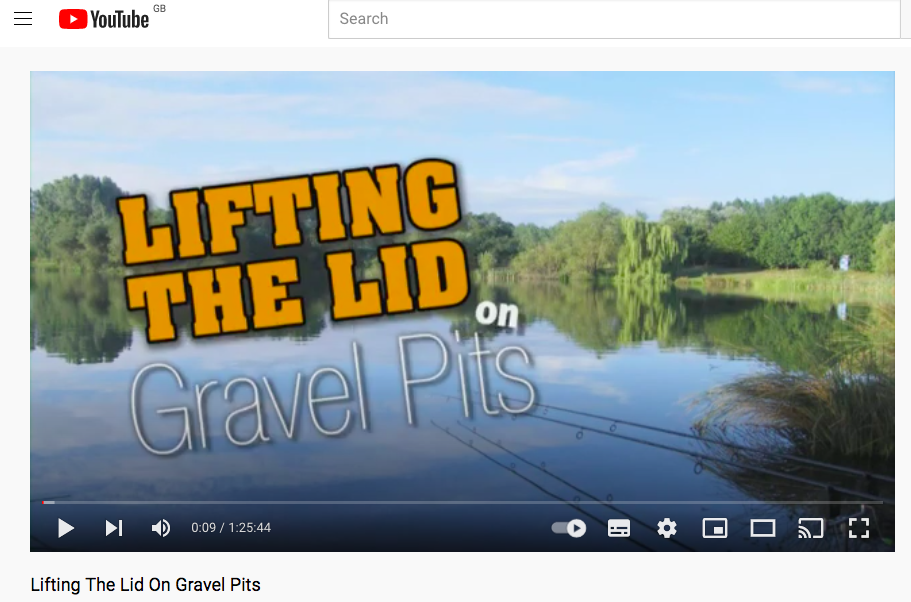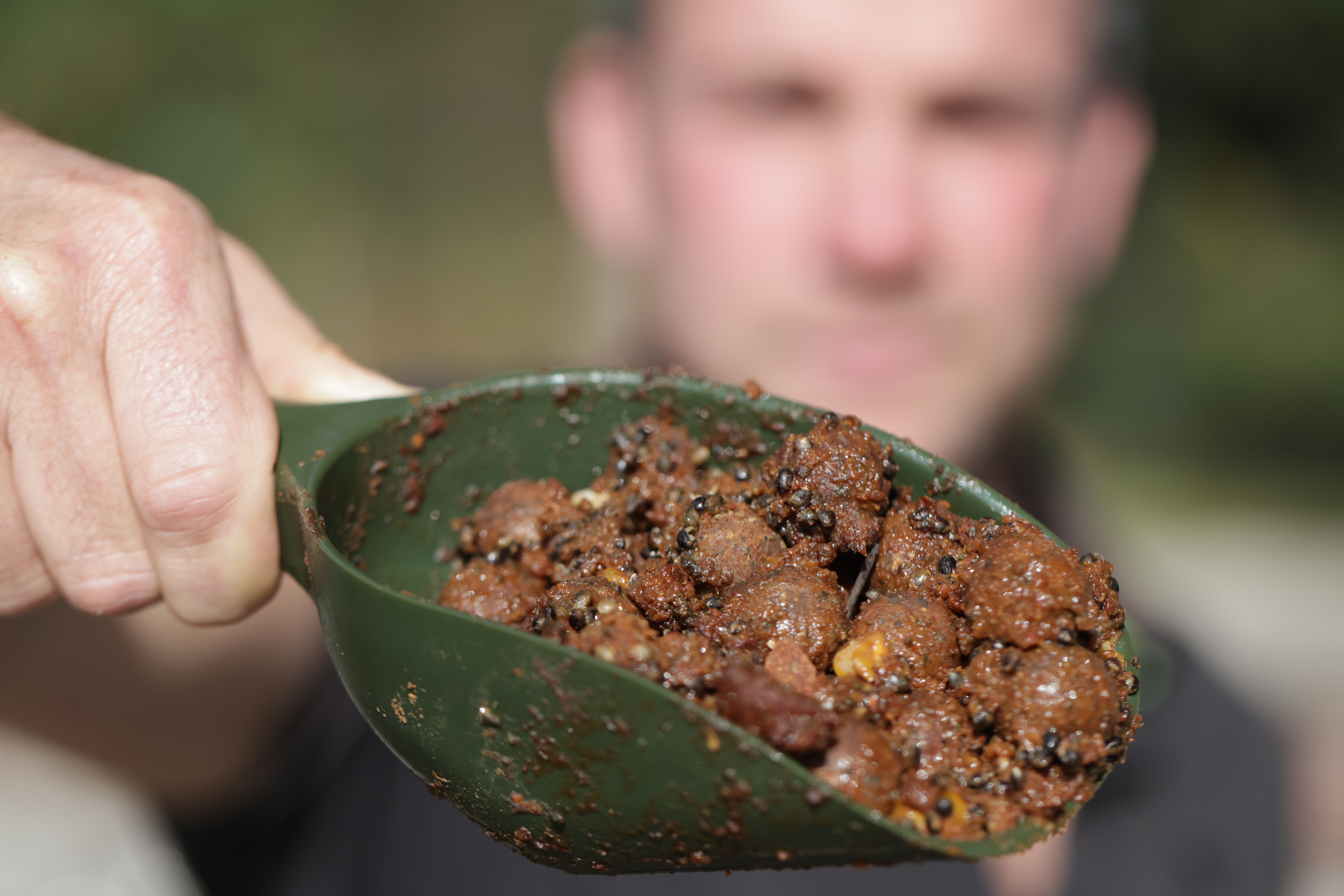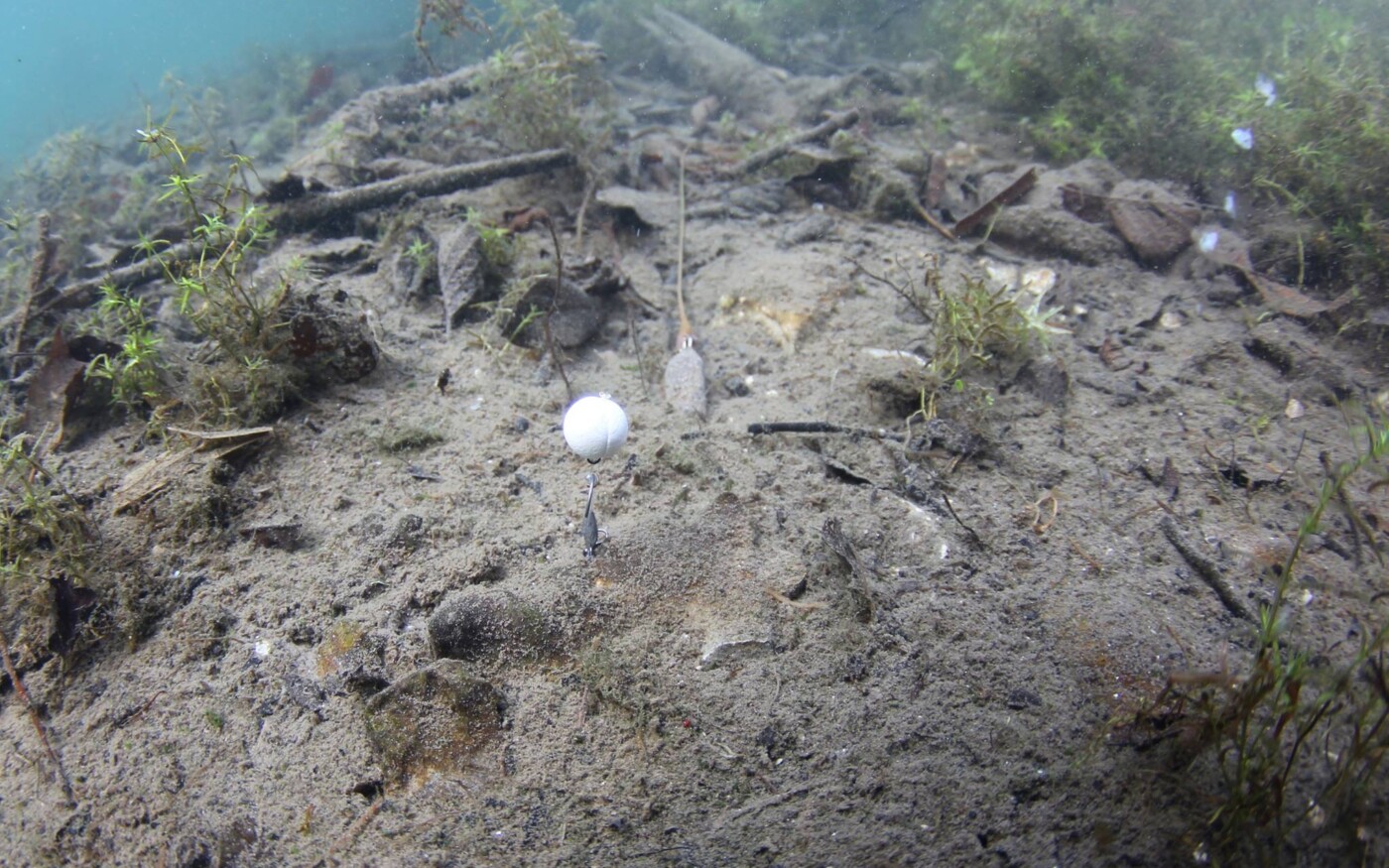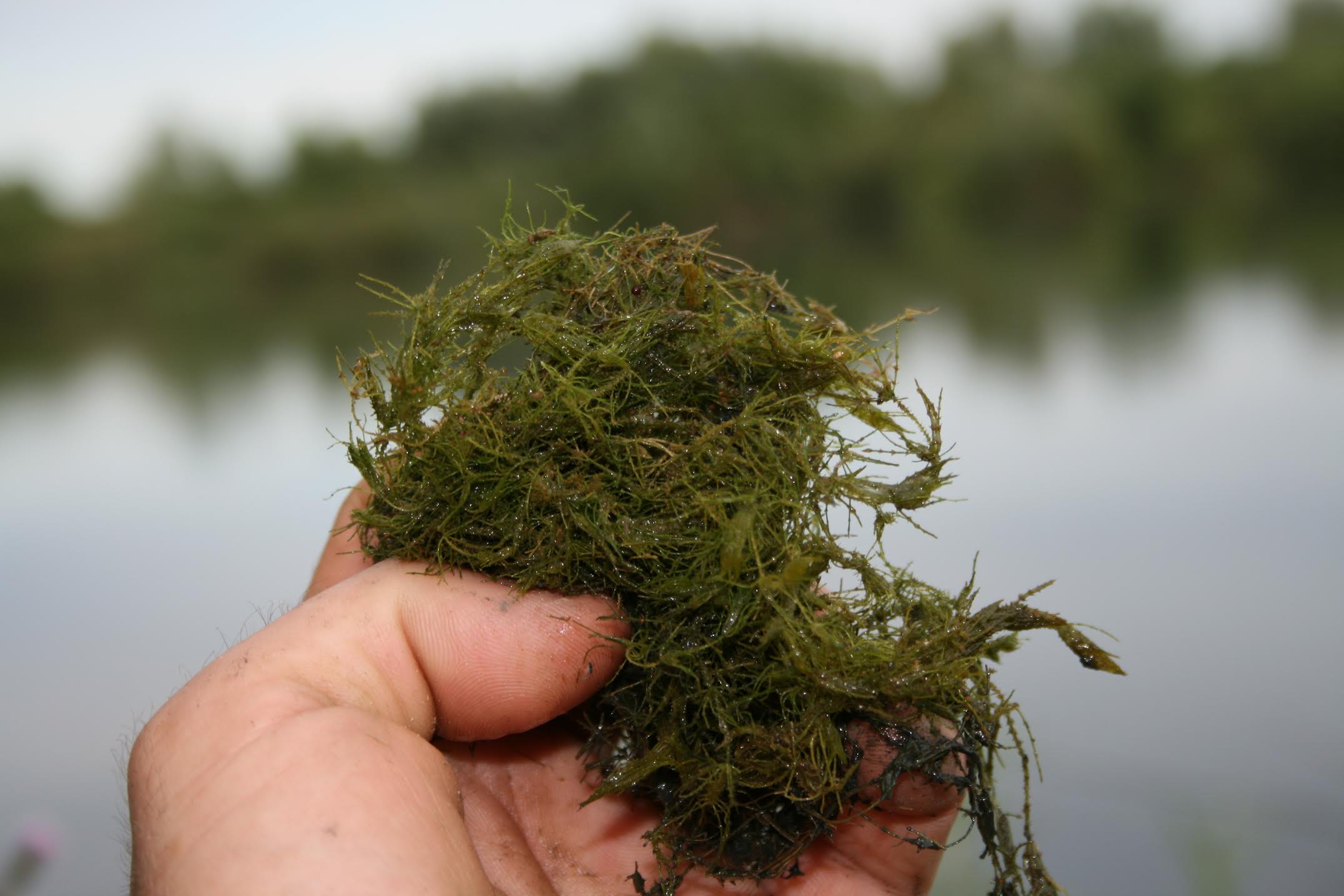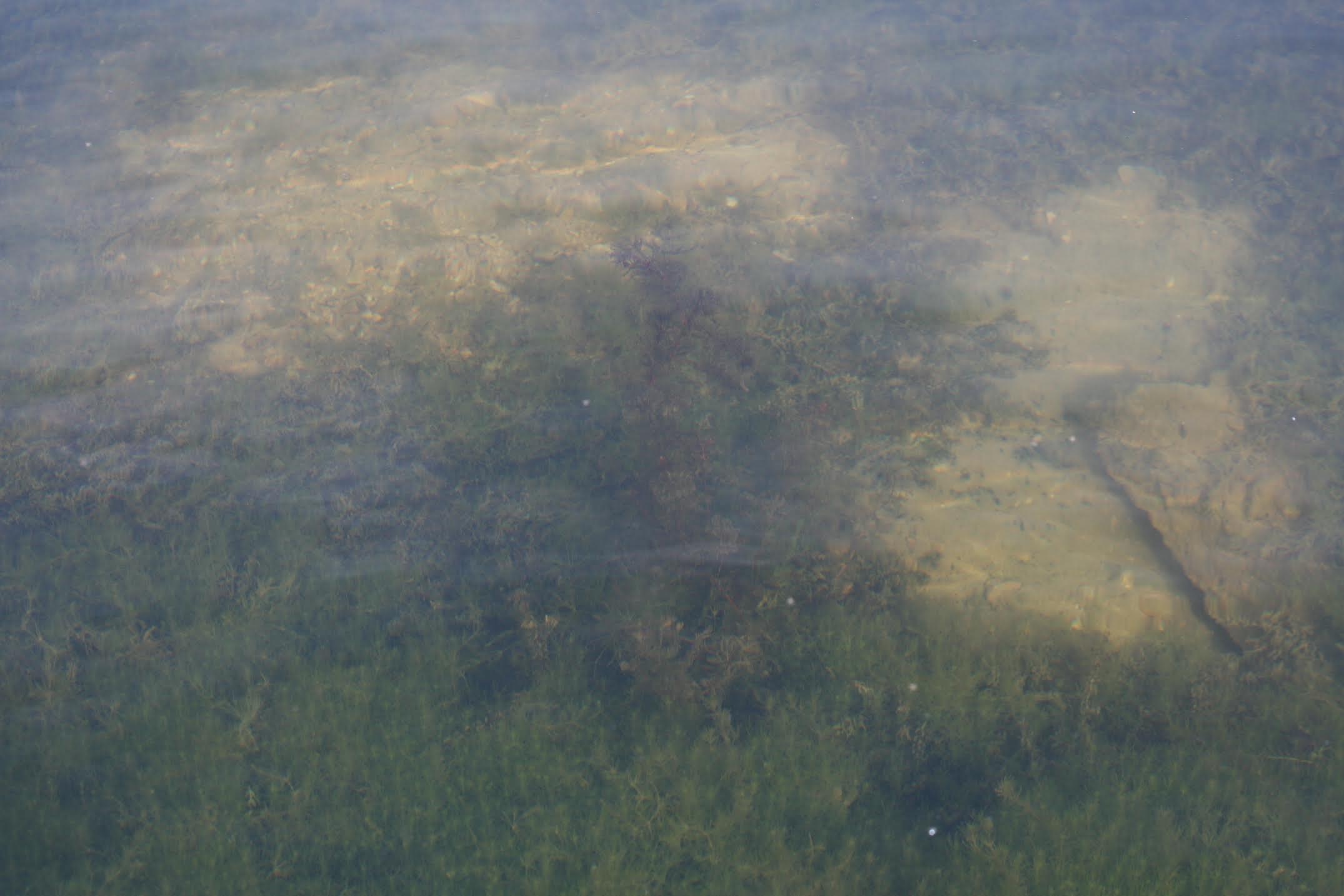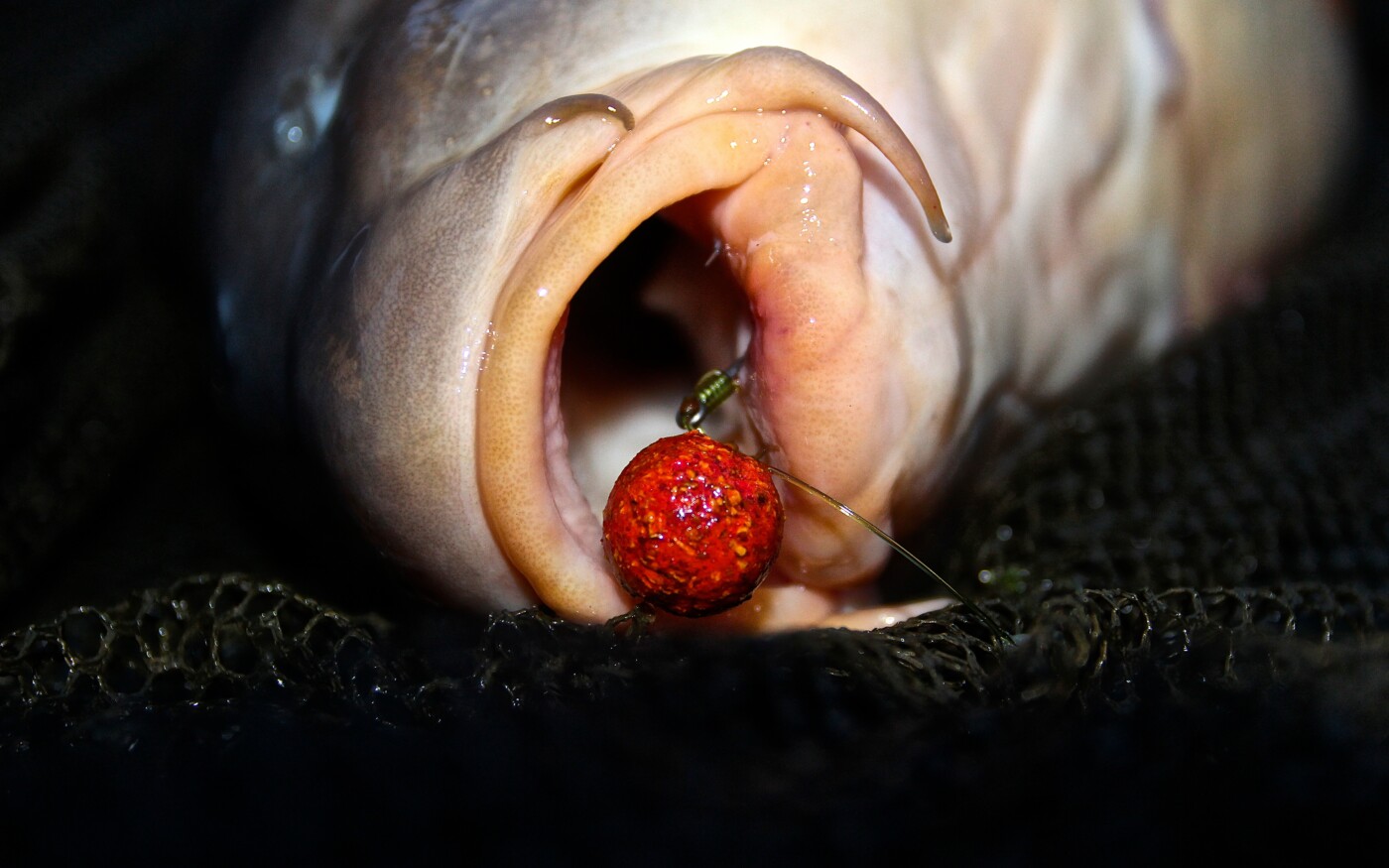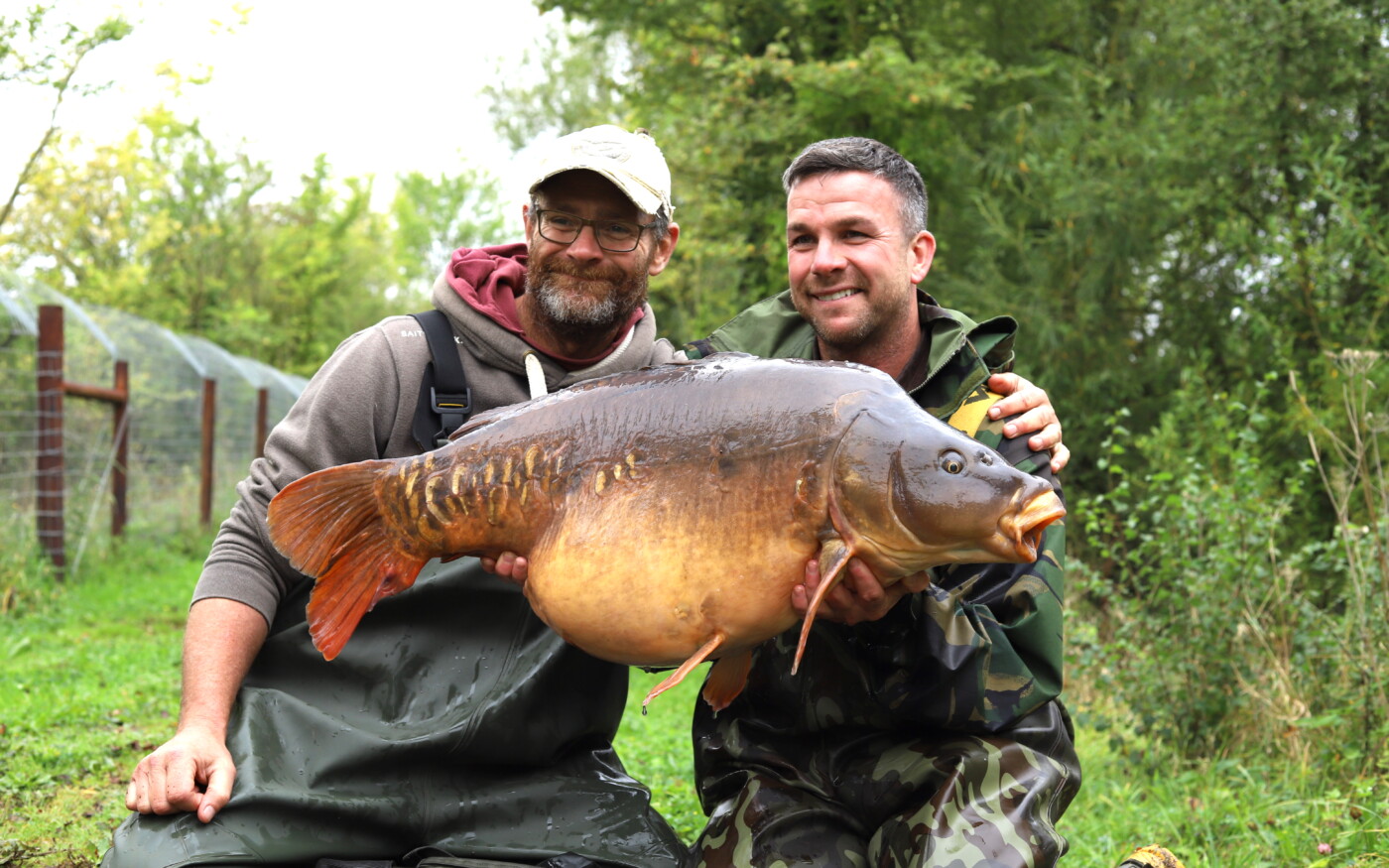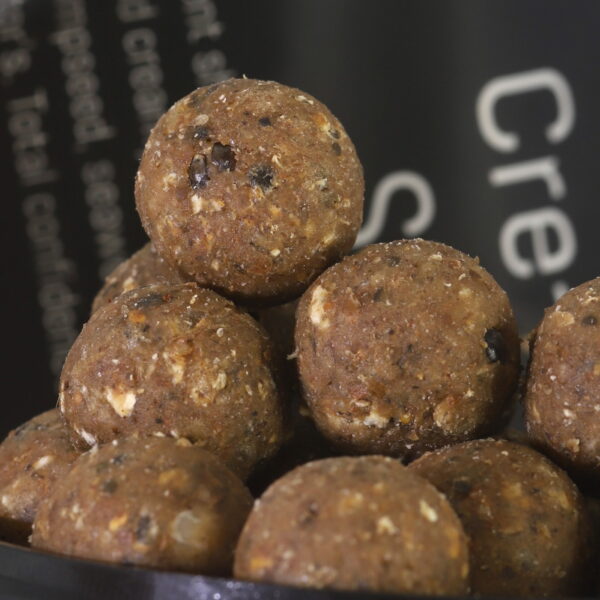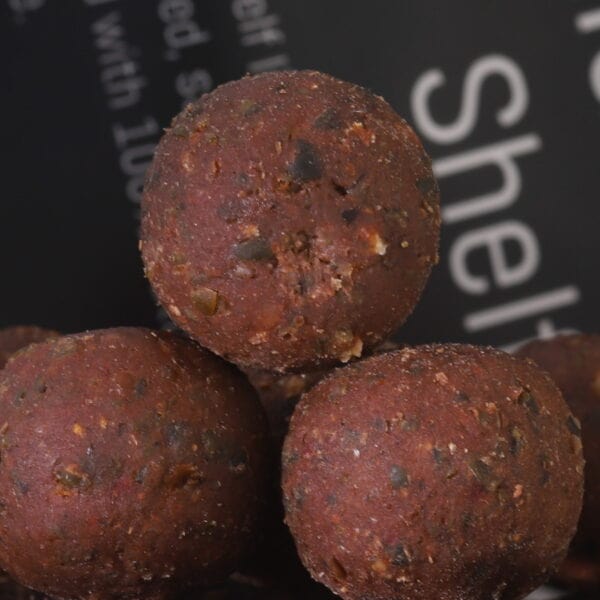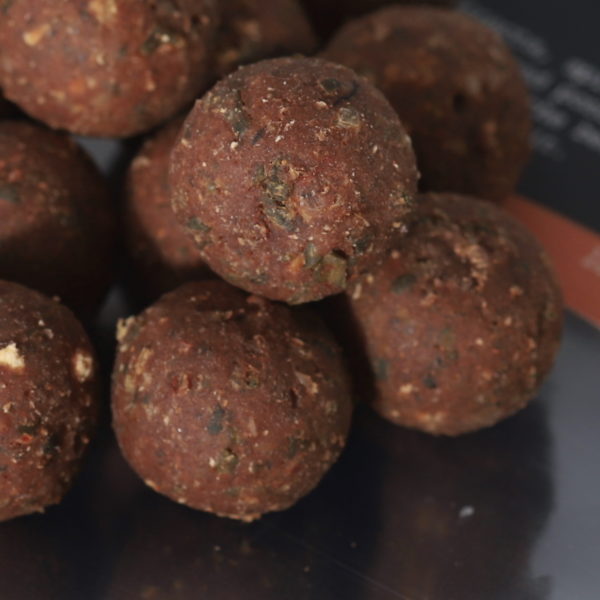16/02/22
Finding the SPOT – Mark Bryant
Choice Wisely
Spots and Bait Placement
To the newcomer especially, this topic must be a headache as every angler has there own favourite areas and features to fish over. However, I’ll try and attempt to go down a slightly different route regarding bait placement areas as most articles I’ve ever read over the years tend to cover similar themes. So at the risk of going over old ground here’s my thoughts on bait placement.
Before I talk about individual spots/areas I think it’s worth covering natural occurring feeding areas and not man made baited spots because the natural areas/spots hold the key to constant catching in my opinion.
Collection Points
Natural Feeding Areas
Let’s start with collection points. If we were to take any lake devoid of fishermen (do they exist anymore!?) the carp/fish would as you would expect know where the natural feeding areas occur and visit these areas on a daily basis. To find these areas without even casting into the swim you will need the aid of a trusty old compass or Google earth. By looking at the prevailing wind, in the UK’s case a South Westerly, you’ll soon be able to predict the collection points on any given lake.
If you take a gravel bar for instance or any underwater obstacle there will be a natural collection area at certain points around the area also, usually on the back edge of a prevailing undertow. These are without doubt places our carpy friends will know all about and visit to banquet on their free natural lunch that collects in this area along with organic matter. Undertow has a massive effect on these areas, especially on large gravel pits and open reservoirs, understanding how they deliver food into areas of the lake will help us all have a clearer understanding of the carps feeding habits. A crude example would be when you let the water out of a bath particular if there is mud or sand that has been washed off. In my case there used to be a lot of this being a mucky teenager who loved football! You will notice as the water circles around out of the bath there will be various points of water in the bath that are not effected by the tow of water leaving the bath. The sand and mud will collect in these points. Much the same as a lake. The prevailing wind will cause undertow that will be in a predictable cycle. These deposits will be easier to locate with this simple knowledge. The same principle can be applied to river fishing with flow, creases and in particular back eddies, again natural collection points for organic matter and natural food.
Some of the most successful areas I have constantly caught fish from have been these silty collection pockets that contain lots of natural food. Often the bait would come back covered in snails, bloodworm etc. A clear sign of a good area without the introduction of bait.
Naturals
Warm Spots
Moving onto warm spots. Those of you that have ever swam or snorkelled in a lake will know that there are both warm and cold spots/areas all over the lake. You’ll never find these of course with a marker. When we filmed the underwater DVD (Lifting the Lid) all those years ago at Linear fisheries, this gave us a fascinating insight into all manner of areas on the lake bed.
One example that stood out for me was when our diver, Stuart Morgan, began to place his hands in different silt pockets to determine warm and cold silt areas. It was no coincidence the warmer areas coincided with the route that the sun was travelling through out the day. Throw in some weed around the area and we have an ideal situation, a perfect underwater green house almost. So spots that receive the warm sun’s rays and benefit from a wall of weed to stop undertow are perfect areas.
When you find areas like this the result is often silt like toast! The natural food in the lake will seek out and swarm to these areas also. This is why finding these areas will produce carp time and time again. These warm areas are easy to locate. Areas of the lake that see the sunrise to sunset will have the sun beaming down on them all day. Simple stuff really but often missed!
Next time you wind in a rod that’s been on the bottom for some time feel the lead in the palm of your hand, warm leads equal carp food!
Baited Weekly
Same old Spots
As you appreciate this is an ideal world where no angling pressure is present, now throw anglers into the equation and it all goes a bit Pete Tong!!
So lets move onto man made feeding areas. On the popular venues up and down the country we hear of rock hard gravel spots that the regulars know of and catch fish after fish from week in week out. In my opinion these are manufactured feeding areas. They probably started out as a tiny gravel patch that was located by an angler and then baited. They usually line up with a prominent feature on the far bank at a range of 15-16 wraps, sound familiar? The angler in question catches a couple of fish during his weekend session. The next guy sets up after him then finds the now bigger clear gravel patch and repeats the process catching a couple of fish in the process. Before long the spot gets noted by all the fishermen fishing at the lake and regularly baited by all!
The gravel area is now the size of a car and still producing fish because of the amount of bait it was receiving. This is how most spots in swims develop and after time a sweeping statement like you can only catch the carp out of this swim off that gravel spot usually crops up from all of the local anglers.
The truth is, there’s little or no natural food on these areas only a constant supply of anglers bait. We all know that if we constantly feed bait onto a feature/area over time the carp would visit that area daily/weekly. This is what is happening up and down the country but here’s the predicament. Do we fish the same areas as the last 20 anglers or so knowing that on some venues the fish are conditioned to visit that area or do we find these natural feeding areas and do our own thing? Hmm, very tricky this one. The venue has to be taken into consideration for starters…..
Marker Work
Stay in the Silt
One heavily stocked, hungry type venues the manufactured feeding areas would have to be the areas to fish as the carp know exactly where the bait will be each morning and take full advantage of this. Horseshoe Lake in Lechlade was a good example of this. There’s a big gravel area in front of the boat point at about fifty yards if memory severs me right. This was constantly baited every day through the summer months as anglers queued to get into the swim. The gravel area glowed yellow like a beacon when viewed from a nearby tree and was massive, probably half a tennis court although I suspect that it probably started out much smaller than this. The amount of carp it produced every summer was phenomenal. Through association the fish knew that they could find food their daily. Because of the numbers of fish present the reward out weighed the risk of being caught (50 carp feeding off the spot and only 2 or three get caught in that morning feeding spell) and this spot continues to produce the goods to this day. As long as there’s the volume of fish present the spot in theory should always produce.
On the more low stock/pressured venues then searching out the collection and warm points can prove the key to catching consistently. Yes, the known gravel hot spots will produce takes sporadically throughout the season but remember that carp will feed every day through the summer, so by knowing the natural feeding areas you can make sure your bait is where it’s feeding every morning!
Trying to catch fish off these rock hard gravel spots does stack the odds in the carps favour. Carp have great vision and on clean gravel areas they can inspect every item of a rig. It amazes me we catch anything at all of these areas and probably the fish captures to rod hours ratio goes some way to back this theory up on the pressured waters. I personally try to locate and get them feeding in the silt. Much harder for them to detect your rigs with clouds of silt going everywhere hampering vision and leaves, sticks and all sorts of items being vacuumed up into their oral cavity along with your bait and hook. Much more conducive for a bite!!
Natural Food Magnet
Weed
Weed, one topic that doesn’t get talked about much is weed. When using a marker rod you cannot fail to see that amount of food that resides in some of the weed beds in our waters. All sorts of aquatic pond life will live and breed in it and the carp know it. Carp are feeding machines! I’ve witnessed them tear up weed beds, turn over bricks and generally bully their way through anything to get at bait. With this knowledge, this has given confidence in fishing for carp where you see them. More often than not it’s over weeded areas. Now fishing over weed has its problems with presentation but with a little thought and care presenting a bait on and in these areas are a sure fire way to catch the carp off guard. One of the best set ups would be the humble PVA bag or chop rig.
There are many types of weed, too many to talk about in this article but I will mention one. Stonewort, this is the short (1-3inches) bright green, onion smelling weed that covers lots of lakes up and down the country. It can be found over gravel, clay, mud etc and harbours lots of natural food. Shrimps and snails in particular like this weed as it warms very quickly in the sun creating a hot blanket effect on the bottom. This weed is awesome to fish amongst and well worthy of the effort to find it. One point worth mentioning is that all weed gives out O2 in the day time but takes out O2 at night (in particular Canadian pond weed) this is why carp can often be seen basking in these oxygen rich weed beds in the day and then vacate those oxygen depleted weed beds at night.
Find the money spot
Bare Lead
Locating the areas. If the venue allows the angler to climb trees then this can save you hours of searching with a marker rod. A quick glance from up a tree can give away all manner of features and also where the feeding spots are or have been. The use of a marker rod is invaluable in finding these areas if no tree climbing is allowed or there are simply no trees to climb.
How to use a marker rod has been well documented in other articles so I will not dwell on the subject. I tend to take the float off via a clip and then use the bare lead to search around the area. By removing the float, less weed collects while you are dragging through the swim meaning less casts to map the area out which can only be a good thing. The lead is also worth mentioning. I favour the tournament style leads because they taper away so limit the weed collection and have a dumpy end that can felt down through the water and give an excellent transmission back up through the braid and fishing rod. I have also a pronged lead (sea fishing lead) that is designed to pick up any weed on a spot once the area is frond with the tournament style lead. The rod I use is a stiff 4.25lb test curve tip to aid feel through your braided mainline and features a minimal reel seat that exaggerates the vibrations down the rod blank as there is no foam to buffer these transmissions. I also try to do a lot of my feature finding when I’m not fishing. Popping down on an evening for an hours feature finding can prove invaluable when you come to fish. I will only do this though if it’s not interfering with other anglers present.
Presentation is Key
Bait on the Side
Bait positioning. Trying to drop a rig on a dinner plate at 60 yards plus just isn’t going to happen. No matter how accurate we think we are with our bait placement, in reality we are way off unless we are placing the bait by hand or dropping it from a boat. Having had the luxury of fishing venues that allow boats it’s been possible for me to view both baited areas and rigs that have been cast onto gravel patches etc. As I have mentioned earlier Carp are feeding machines, in my opinion we catch carp in spite of what we’re doing. We can try to present rigs on what we think are tiny gravel spots but in reality are anything but.
For myself I nearly always try to drop my baits slightly shorter (depending on the route they take into the feeding area) or in the middle of where I’m baiting for the simple reason that I want the fish to be in feeding mode before they reach the hook bait. If the hook bait is one of the first baits to be sampled then often the end result is a hooked fish and the rest of the pack spooked and not likely to return that session. A good comparison would be floater fishing. When a group of fish first approach a scattering of mixers you can clearly see their body language is one of caution. Generally they start picking off mixers on the edge of the pack.(The same as feeding birds, scattered some seed on the floor and they always start from the outside and work their ways inwards.) If you were to hook one of the carp at this point the rest of the fish would depart at the rate of knots vowing never to touch a surface bait again. Yes you would have your prize in the bottom of your net but have you just cost yourself the chance of 2 or 3 others? If however all the fish began to consume the surface baits their natural feeding triggers kick in and more often than not they throw caution to the wind (especially if you have a very attractive bait). It is often possible to land one fish and cast a mixer back out and catch another straight away. It is because of this example that I have witnessed time and time again that I decide to place my bait in the areas that the fish will not feed on first but more feed towards. I find this can be the difference between catching one fish and all the fish out of the group particularly if this is over a wide area.
This would be my strategy if I was fishing for a number of fish but can be applied on any venue. Placing baits away from the feed area is also a great tactic but one I think I could cover more in depth on bait application, possibly another article in its own right as I’m going slightly off topic!
Think Like A Carp
Keep it Simple
In conclusion I have only scratched the surface at spots and areas. There are so many different subjects within this topic that I have only touched on a few key points. With so much information out there it is very easy to be swayed into all sorts of theories and let’s face it most of the writings out there are based on educated guesses on what’s happening underwater. I try to bring it back to basics as often as possible. Carp are very simple creatures. They are governed by basic urge, food, oxygen and to be as warm as possible. Natural food again have very these simple needs as well. Finding these areas hold the key to where our carpy friends will be dipping their heads each morning and will help you be more consistent with your captures and also help you understand the bigger picture.
Good luck – Mark B
